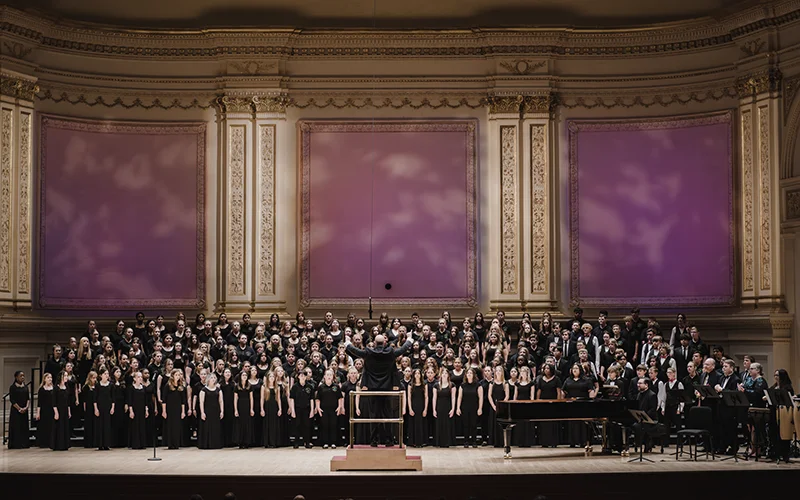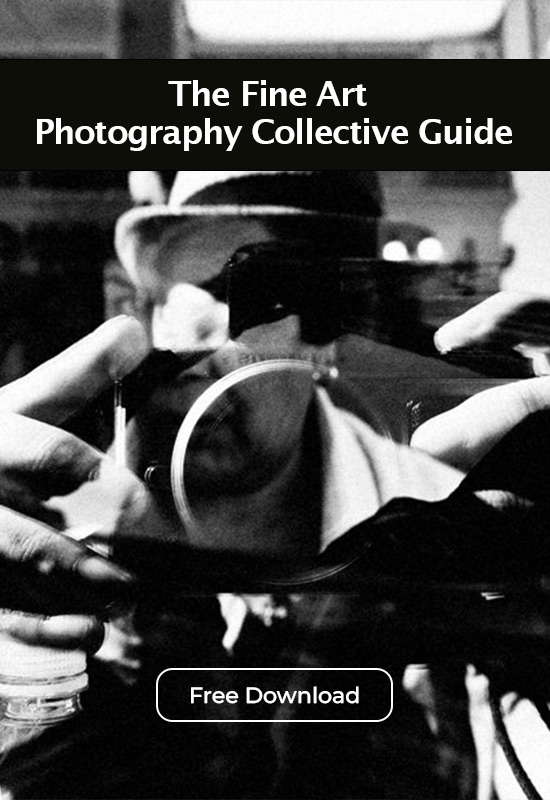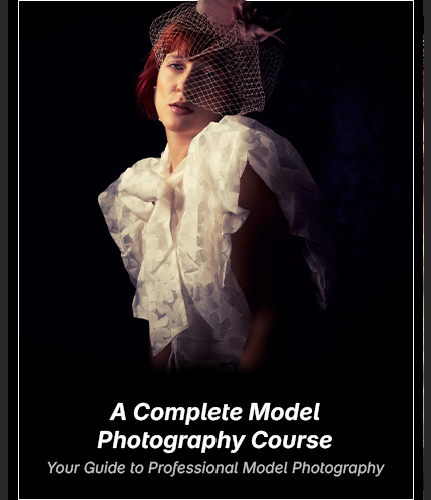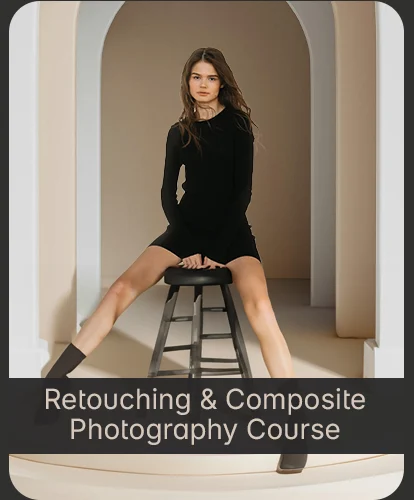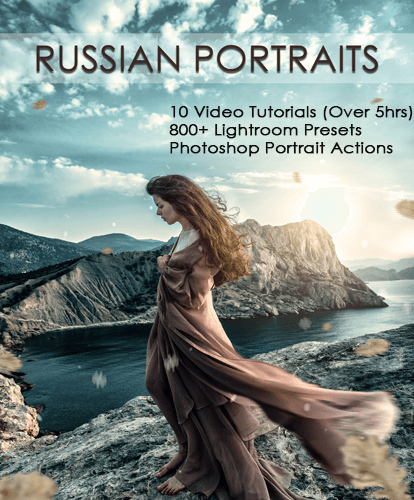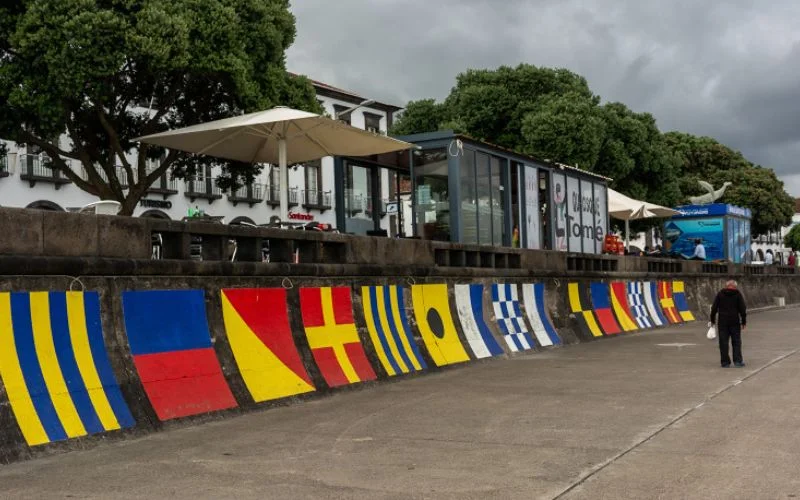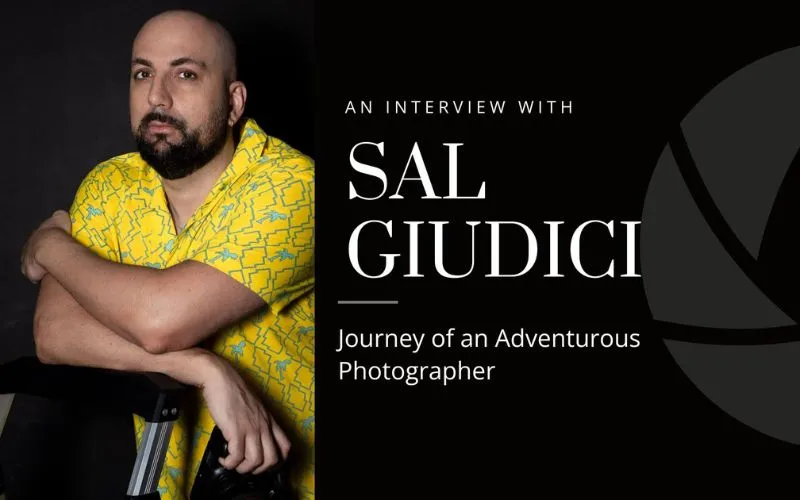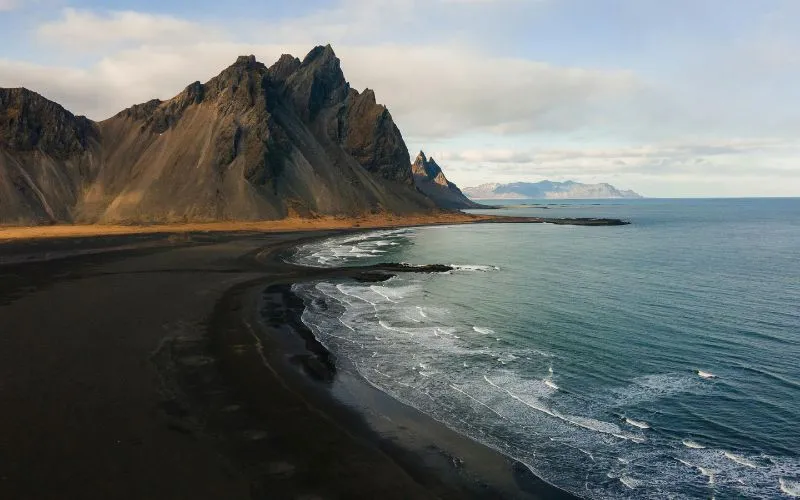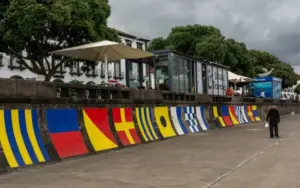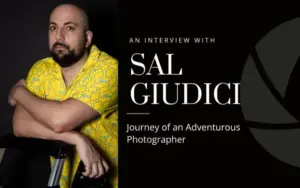Dan has been a professional photographer for the past 10 years. He specializes in performing arts photography and does it incredibly well. He is dedicated to providing his clients with high-quality, stunning, and visually appealing photos.
Dan has a background in music education, which has given him a unique perspective and a strong love of the arts. This background enables him to capture the very soul of performance through the lens of my camera.
Here, we will dive into some of the special aspects of his life and get to know him better. We will learn about the ups and downs of being a performing arts photographer.
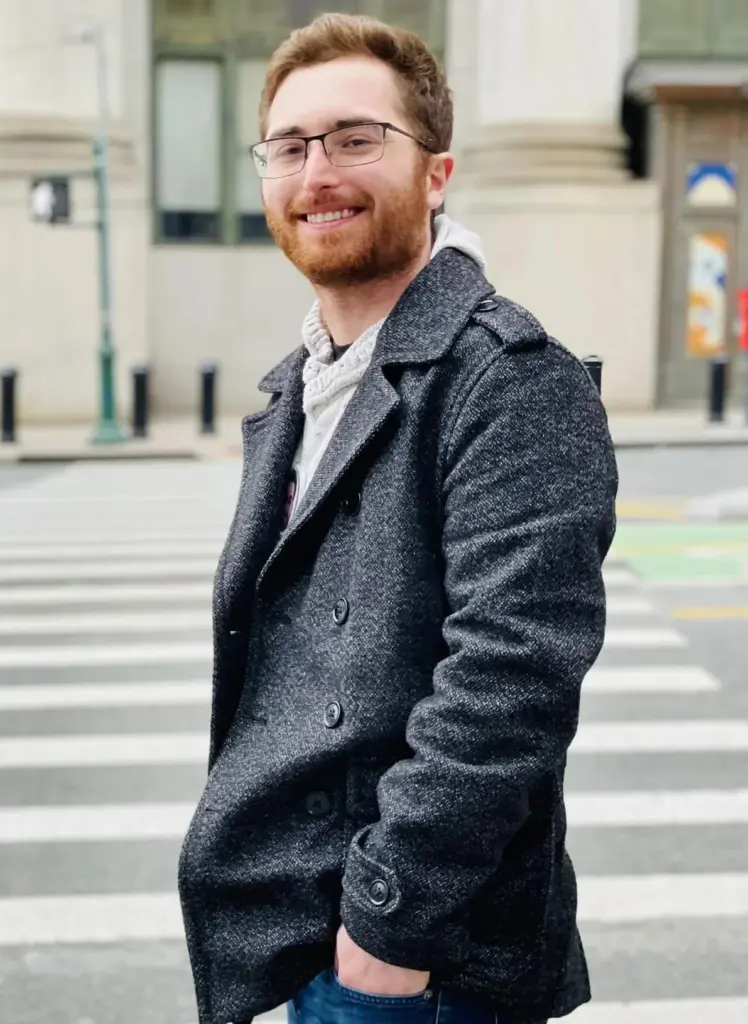
Q1. Can you tell us more about your journey and what originally sparked your interest in performing arts photography?
Ans: Back in college I discovered my love for photography and started taking (what I know now were) terrible photos of anybody who’d let me. I didn’t really know what I wanted to do so I kind of just did everything. That phase lasted a few years. But at one point a band called Streetlight Manifesto was playing a show near my college and they were/are one of my favorites so I wanted to go.
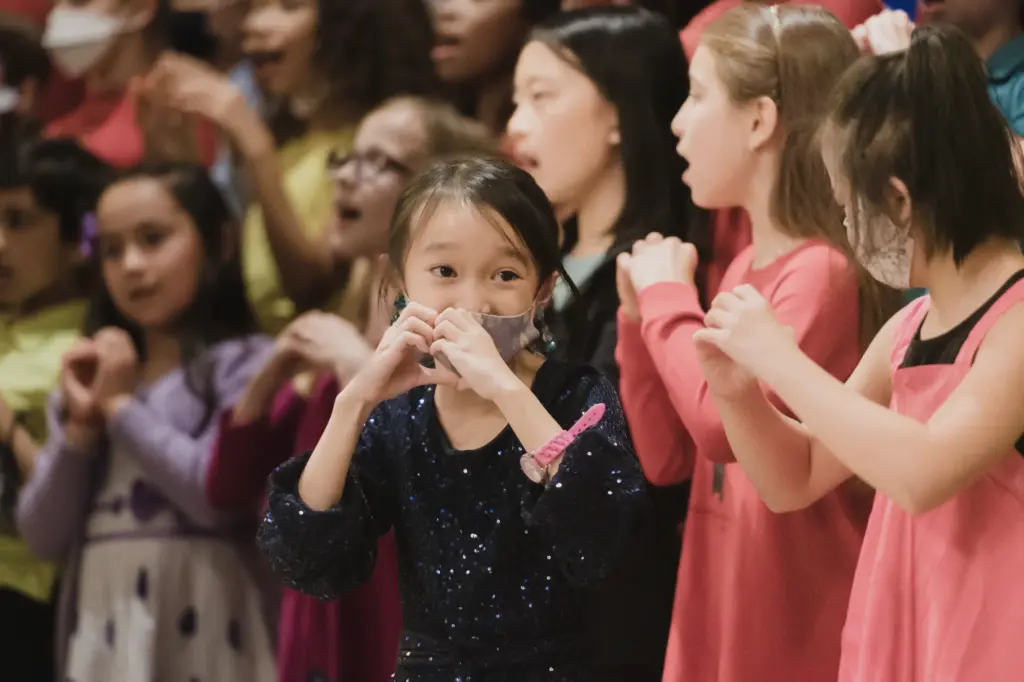
Unfortunately, because I was a broke college kid I couldn’t afford tickets. I decided to take a shot though and email the band using an email they had listed on their Facebook page. I was upfront, I told them I didn’t really know what I was doing with my camera (I’d only owned it for a couple of months at this point) and I told them that I wanted to see their show but couldn’t afford a ticket. I offered to photograph the show and give them the photos if they gave me a ticket and, believe it or not, they actually said yes.
I didn’t know at that time that I’d eventually wind up photographing concerts and performing arts but I knew I loved shooting them and wanted to do more of it. I used those photos to get “hired” (I was working for free) at an online publication which then gave me more credibility and got me into more shows. I slowly built up a portfolio and the rest is history.
Check Out: 25 Photography Business Cards Bundle
Q2. You have over 10 years of experience in your field, can you share some of your memorable or iconic moments that you cherish?
Ans: There are so many but very few will top the first time I shot from the center stage hole at Carnegie Hall for the first time. It’s such an iconic venue and I found myself standing in a spot that most people will never get to see. Even though I’ve now shot about 100 or so concerts at Carnegie Hall that experience never gets old.
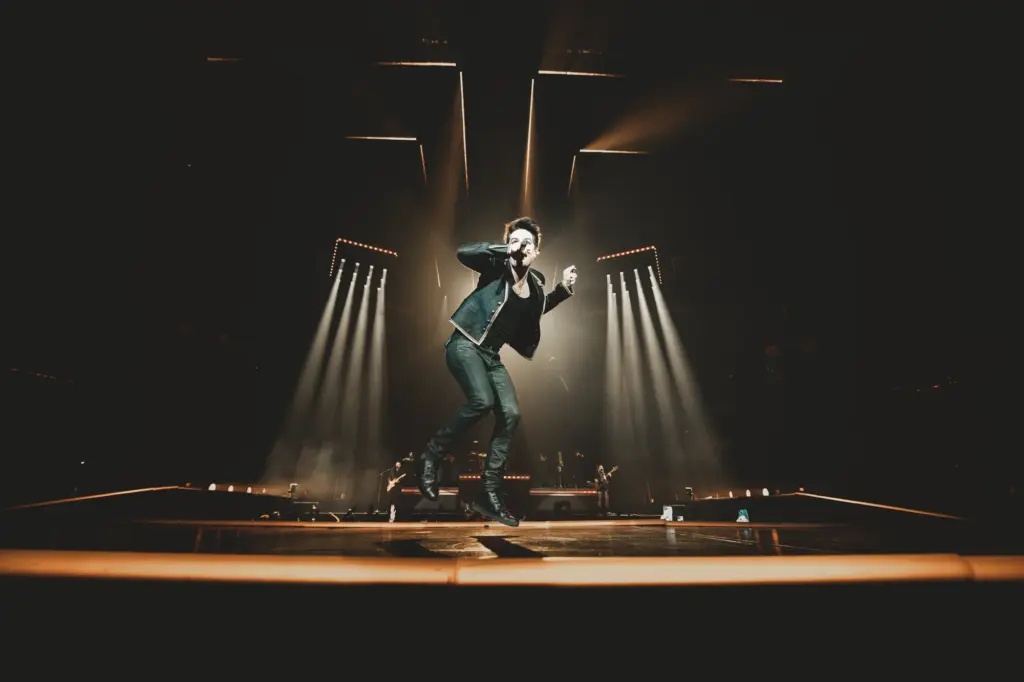
Check Out: High Volume Photography Business Manual
Q3. You have a background in music education which is not so common in photographers, what made you transition from music to photography?
Ans: I don’t think I really did transition. I’m still working with musicians on a regular basis and so I still consider myself involved in music. That being said, I realized that, while I love singing, I don’t love performing. So I can still sing for fun or with friends and this way I still get to experience the magic of a concert/performance/etc.
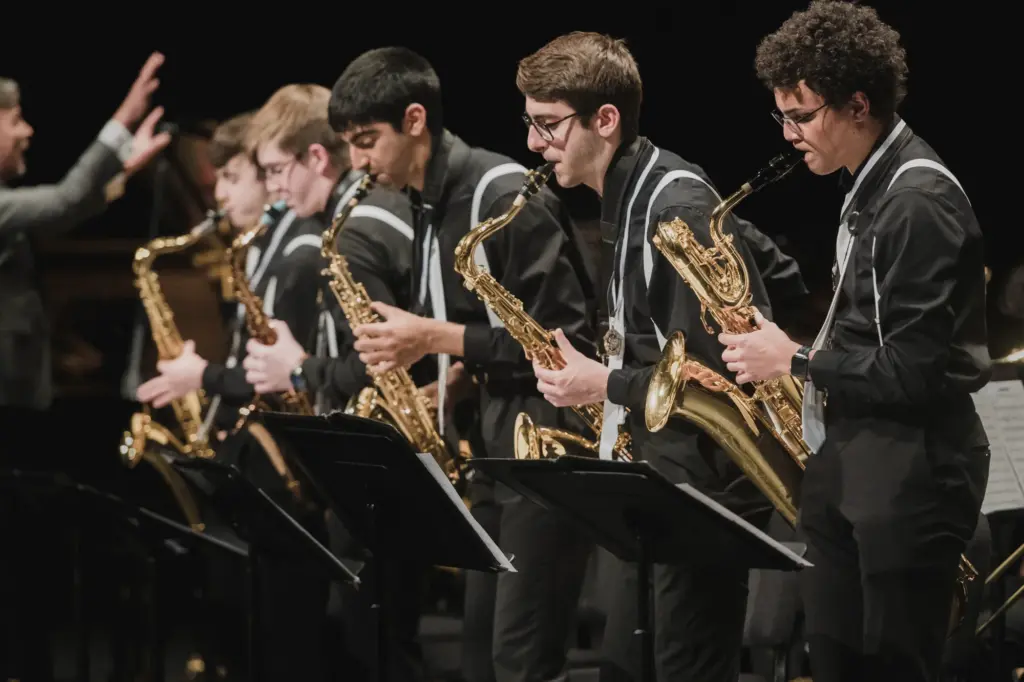
Q4. You have mentioned you specialize in the documentary style of photography. How does this style allow you to capture authentic moments during performances?
Ans: A lot of photographers are trying to get “the shot”. The one or two images that are going in their portfolio and will show the world how good a photographer they are. Don’t get me wrong, I want that too, it’s just not the most important thing to me. When someone looks at a gallery of mine my hope is that it tells a full story of the performance I’m photographing, imperfections and all. I want to capture natural emotions, not technically perfect images.
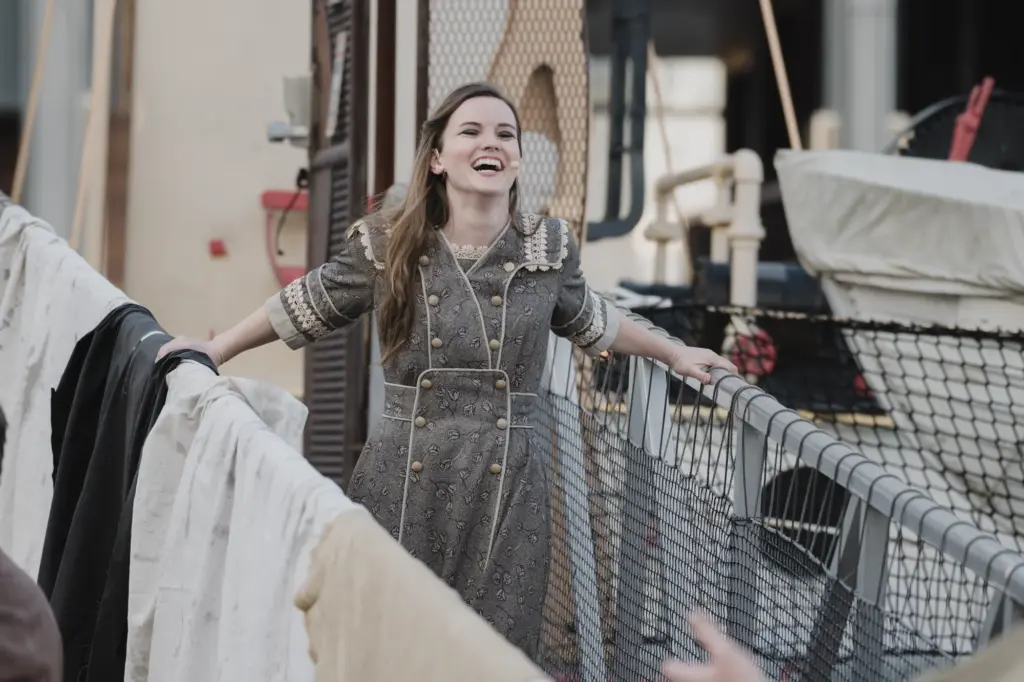
Q5. Your work has been featured in publications worldwide. Could you share some examples of projects or publications you’re particularly proud of?
Ans: It’s always a really cool feeling to see my work in print and I keep copies of my photos whenever I can get my hands on the physical publication. That being said, it’s not even close to the main reason I do this.
When I think of things in my career that I’m proud of I primarily think of performances I’ve photographed that involved children. As someone who was a child performer I know how easy it is to one day wake up as an adult and not have much of a photographic record of what I’ve done.
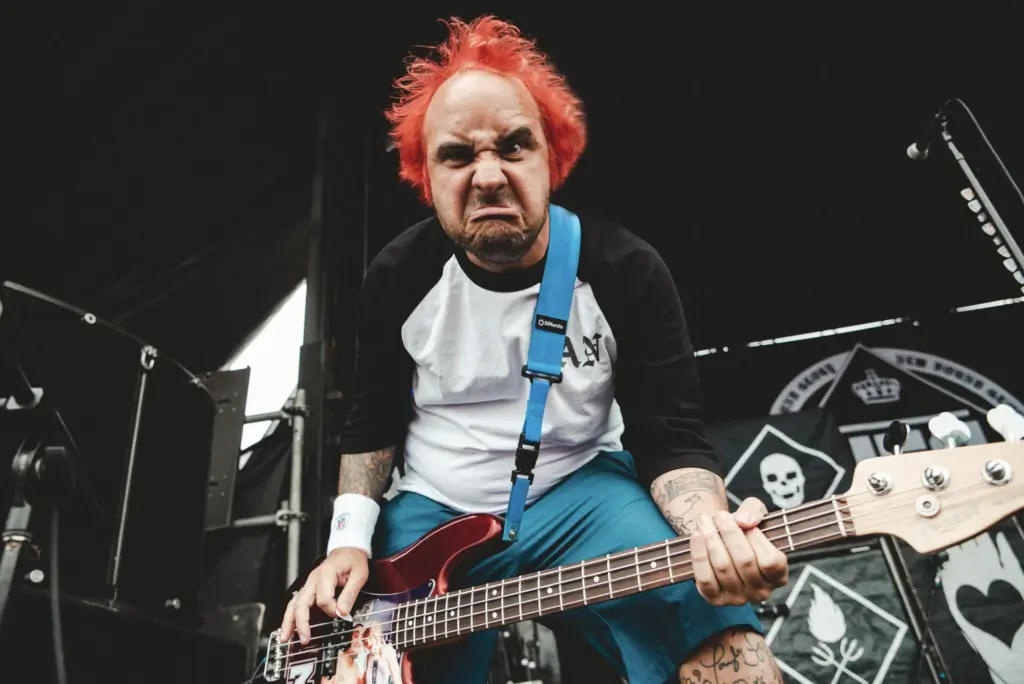
So whenever I photograph children I always think about how they’ll likely look back on these photos in 20+ years. To me, that kind of lasting impact is far more meaningful than printing my work.
Check Out: Masterclass: Photographing People With Damien Lovegrove
Q6. You have worked in some of the prestigious venues like Carnegie Hall, and Madison Square Garden. Can you share some challenges you faced while photographing in such renowned venues?
Ans: The challenge in these sorts of places is always that the more prestigious the venue is, the less I’m generally allowed to do. In Carnegie Hall for example, there are 3-4 spots I’m allowed to be in and I’m not allowed to go anywhere else.
At Madison Square Garden, it’s typically 1 spot. So shooting in these venues can actually mean that it’s harder to get a good photo than it would be at a smaller venue. I’ve had to get pretty inventive over the years, especially because I don’t want to just take the same photos over and over again.
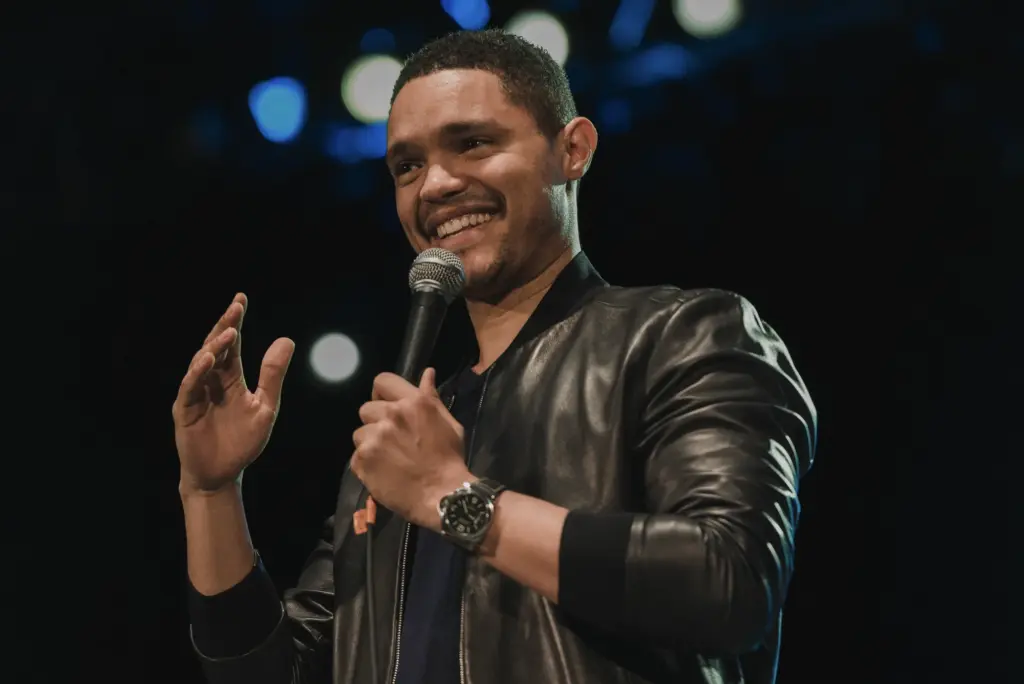
My goal has become to always get the shots my clients want while also making sure that I’m still enjoying myself and trying something new even if I’ve been to that venue many times in the past.
Check Out: The Complete Guide To In-Person Sales
Q7. What do you think are some of the challenges that are faced specifically by a performing art photographer?
Ans: I have a unique leg up since I grew up performing in theater and choir, but for photographers who don’t know as much about it the hardest part will be to determine what is worth taking photos of. Just because it’s aesthetically pleasing doesn’t mean it’ll be useful to the people you’re photographing.
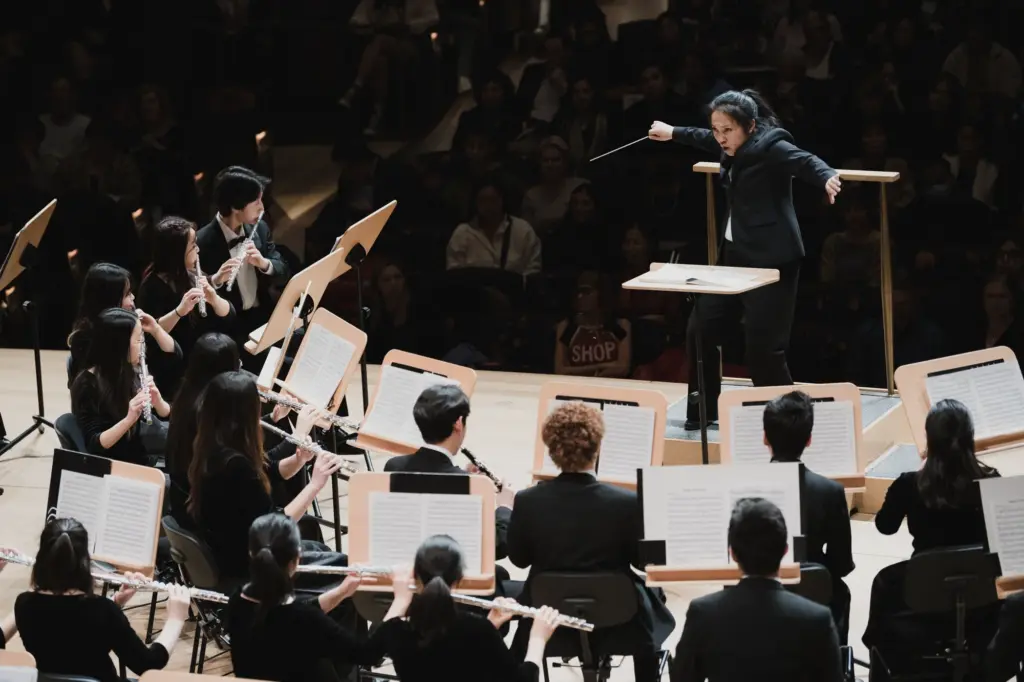
Another quirk of this genre of photography is how seasonal it is. I know many genres have on and off seasons but in performing arts (unless you’re shooting a touring band) the summer is dead. So it’s important to budget and be prepared to not have any income from photography for 3 or so months every year.
Check Out: 103+ Contracts & Forms Bundle for Photographers
Q8. Can you walk us through the initial starting and editing of a photo, and what are the specific techniques or equipment you use to deliver the best images at the end?
Ans: I use Aftershoot to cull my photos. Once that’s done I do a quick edit using a preset that I developed and then I do another pass through the gallery to see if there are any other photos I need to delete. After that, I go through photo by photo and tweak the edits as needed. This can be pretty time-consuming because I’m known for delivering more photos than your average photographer.
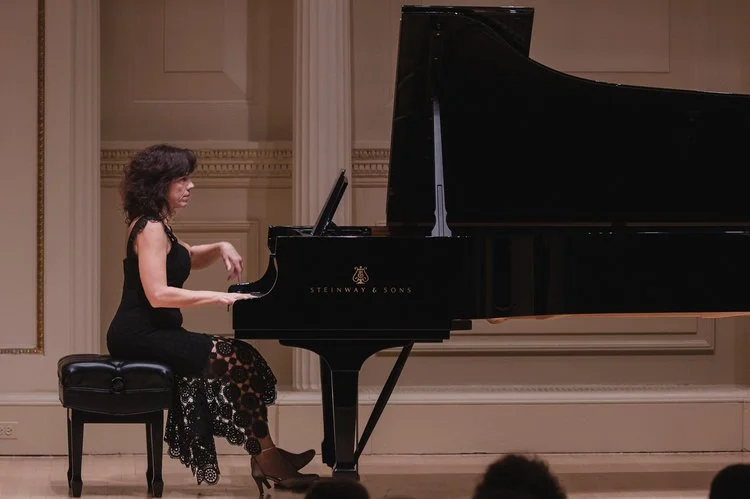
Check Out: FilterPixel – Photo Culling Software
Q9. As you work in the performing arts photography industry, what are the common expectations that artists have from you?
Ans: The great part about being an artist working with other artists is that, unlike in many other types of photography, they trust me to just do my job. The only thing that’s ever really asked of me is to be unobtrusive and not distract the audience from the performance.
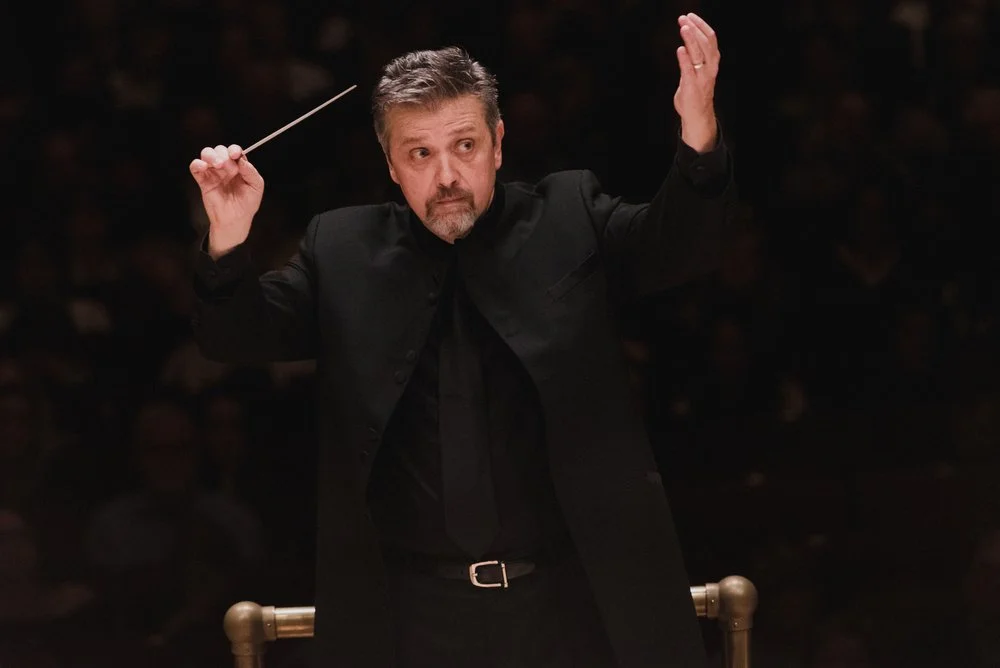
Q10. Can you share your thoughts on the role of photography in promoting and preserving the performing arts?
Ans: Performers tend to care a lot about their social media for obvious reasons. When I’m taking photos I always think about how it will look on the various platforms. I feel it’s incredibly important that performers have a mix of casual snapshots that humanize the production/performers as well as high end professional photos to show they take what they’re doing seriously.
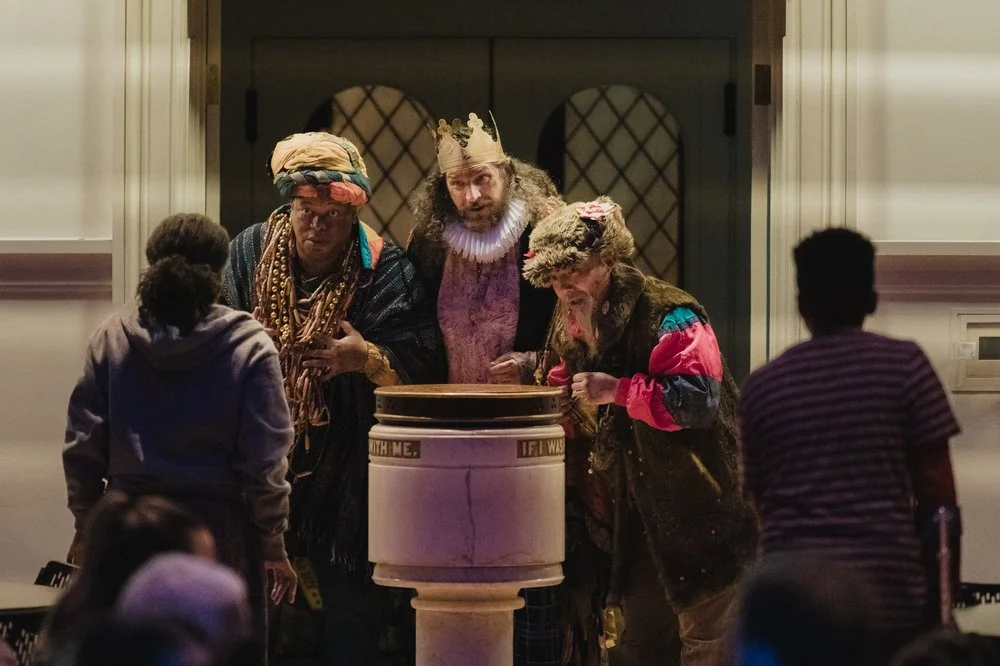
As for preserving, you only have to look backstage at Carnegie Hall and see the iconic performers on the wall to see how important photography is to preserving the arts. Every image I take is a moment frozen in time that can never happen again, and I don’t take that lightly. So, in essence, being a performing arts photographer is like being both a promoter and a historian, which is incredibly fulfilling
Check Out: 3 eBooks To Help Your Photography Business Thrive
Q11. Apart from photography, what is something that you like to do in your leisure time?
Ans: I enjoy baking, bird watching, playing dungeons and dragons, playing video games, and relaxing with my wife and dog.
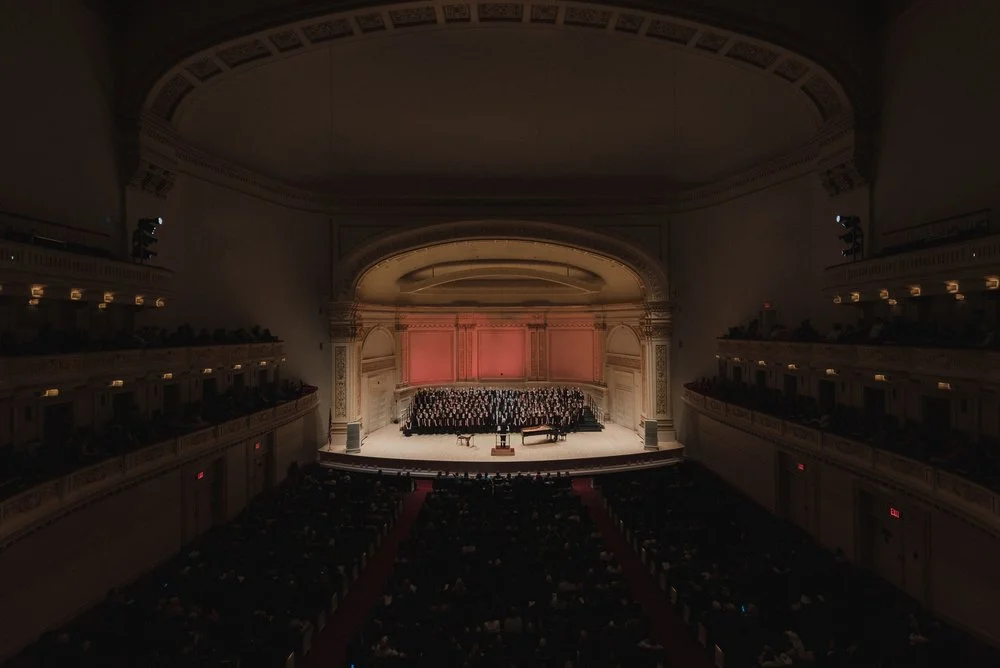
Q12. What do you see as the future of performing arts photography, and how do you plan to deal with the emerging trends?
Ans: Part of being a photographer is being adaptable. Performances will change and I’ll move with the times. My goal will always remain the same though: to capture lasting memories for the performers
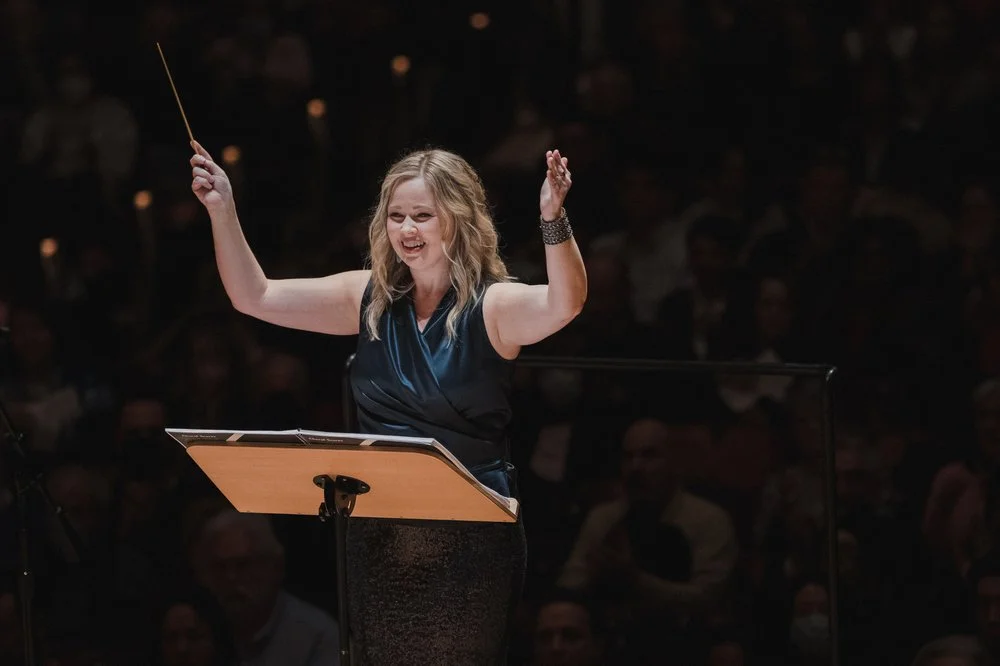
Q13. Finally, what is some advice you would like for emerging photographers who would like to pursue a career in art photography?
Ans: Take bad photos. You’re never going to be good if you aren’t bad first.
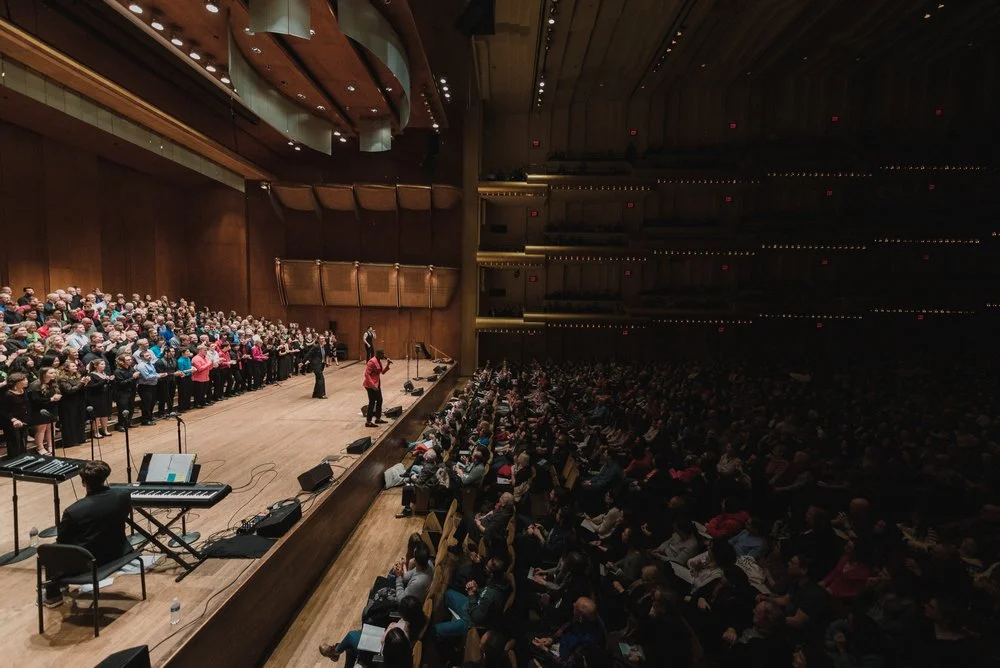
Conclusion:
In this interview with Dan, a seasoned performing arts photographer with a passion for capturing the essence of live performances. We’ve delved into his remarkable journey, experiences, and insights. His transition from a budding photographer with a love for music to a celebrated performing arts photographer is a testament to seizing opportunities.
He cherishes the moments from shooting at iconic venues, reflecting the deep emotional connection to his work and the pride in preserving the artistry of child performers.
Dan’s journey is a testament to the power of pursuing one’s passions, adapting to change, and, most importantly, the art of capturing timeless moments that echo through the ages.
To know more about Dan and his work, check out his website here.
